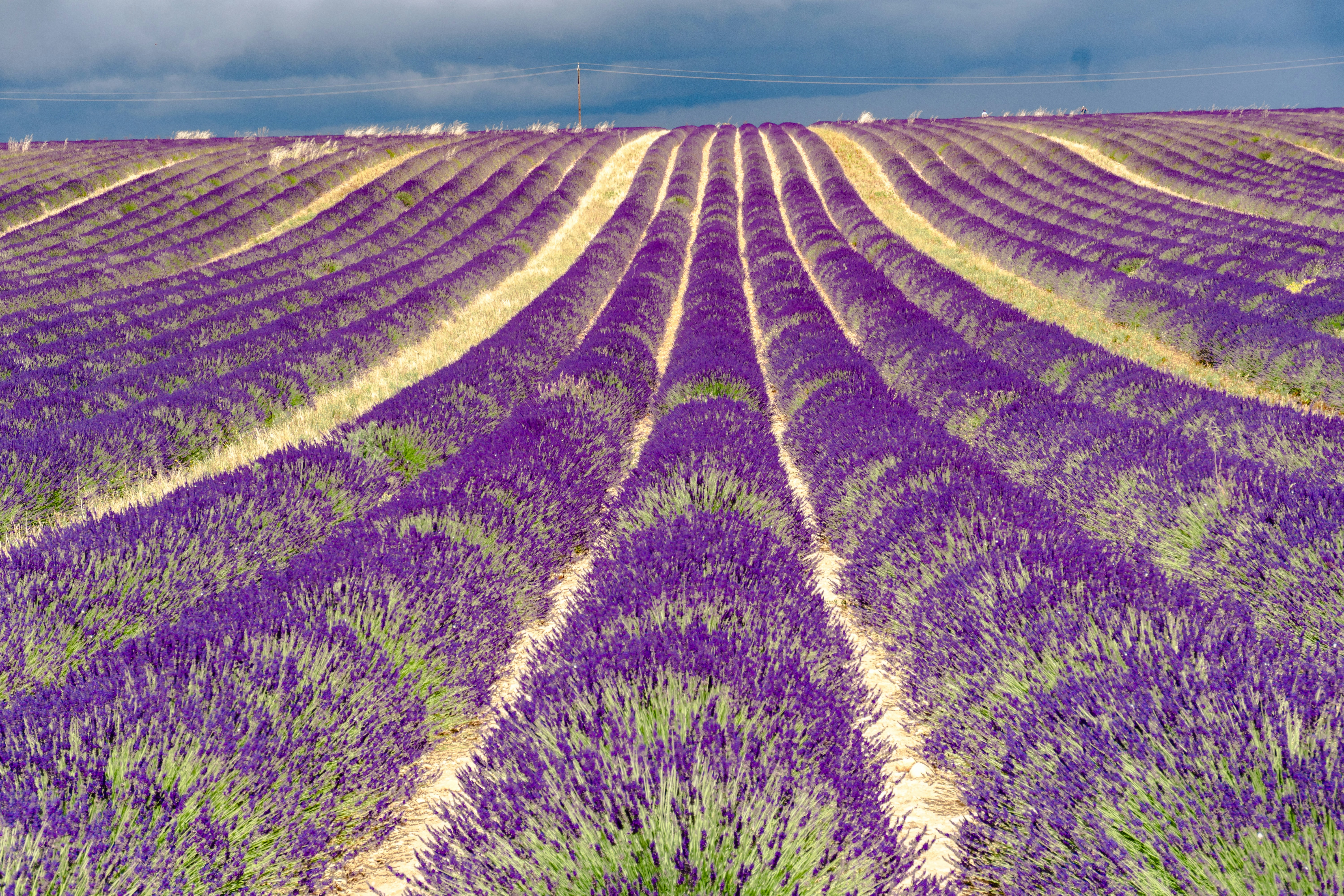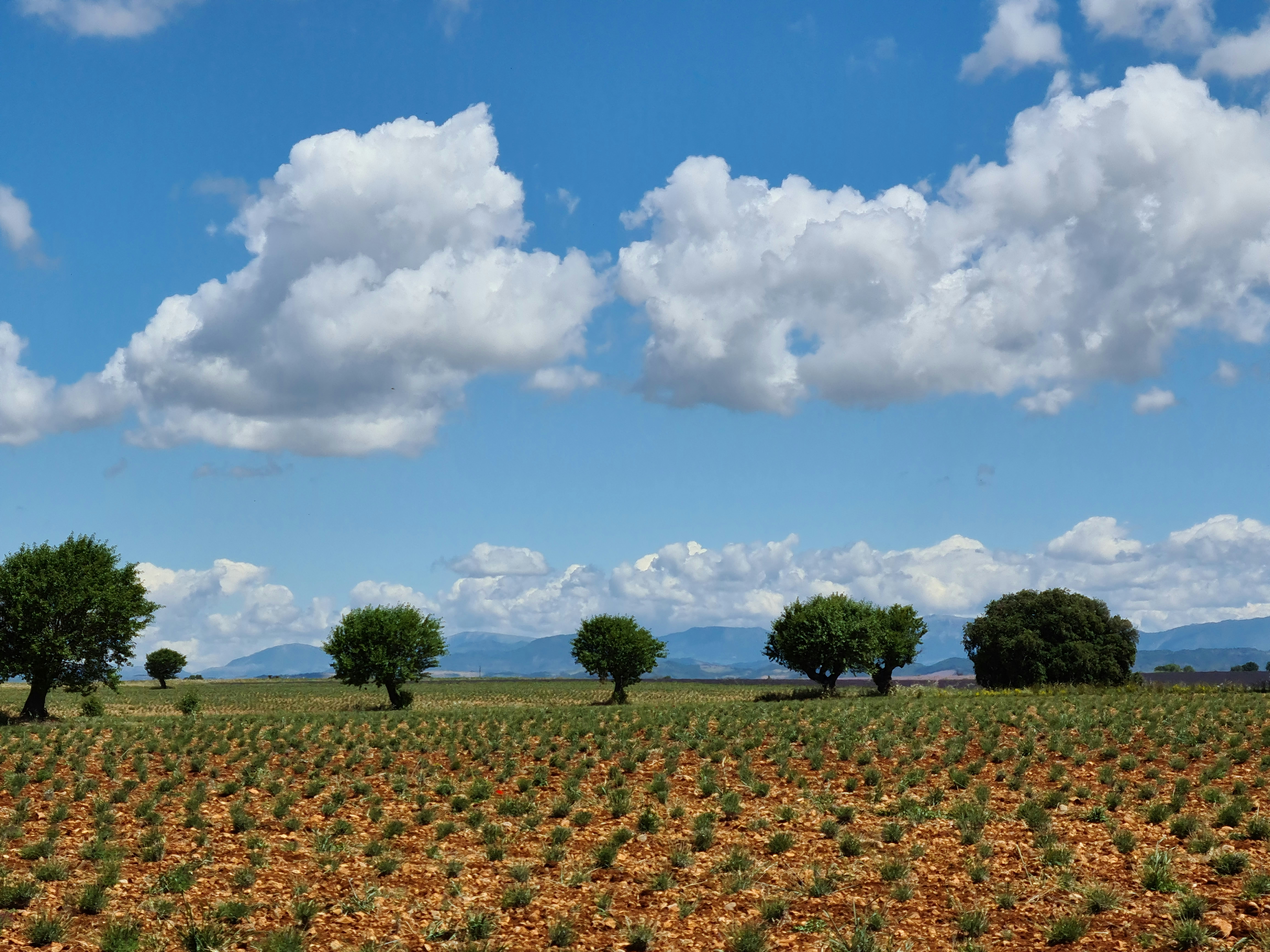Provence: A sensory journey through Southern France
Lavender fields stretch to the horizon, their purple hues blending with the azure sky. Ancient olive groves whisper secrets of centuries past, while the melody of cicadas fills the air. In the distance, medieval villages perch atop sun-baked hills, their stone walls glowing golden in the late afternoon light. This is Provence, a region that has captured the hearts and imaginations of travelers, artists, and dreamers for generations.

A Land of Light and Color
The unique quality of light in Provence has been celebrated by painters for centuries. This luminosity can be experienced in every corner of the region, from the sun-drenched coastline to the rugged interior. The landscape is painted in bold strokes of color: fields of sunflowers nod their heavy heads, while red poppies dot the countryside like splashes of vibrant paint.
In the charming village of Roussillon, the very earth itself seems to glow. The ochre cliffs surrounding the town are a palette of warm yellows, oranges, and reds, their hues shifting with the changing light. As one wanders through the narrow streets, the buildings themselves appear to have been carved from these colorful cliffs, creating a harmonious blend of nature and architecture.
A Feast for the Senses
Provence is not just a visual delight; it's a full sensory experience. The region's famous markets are a riot of colors, scents, and flavors. Fresh produce is piled high - ripe tomatoes, fragrant melons, and plump olives tempt shoppers. The air is filled with the aroma of herbs de Provence, a blend of thyme, basil, fennel, and lavender that encapsulates the essence of the region.
Local delicacies are savored with gusto. A slice of pissaladière, a caramelized onion tart topped with anchovies and olives, is enjoyed alongside a glass of chilled rosé wine. In the coastal areas, bouillabaisse, the famous Provençal fish stew, is ladled into bowls with great ceremony. Each meal is an opportunity to experience the land's bounty and the culinary traditions that have been passed down through generations.
Echoes of History
The rich history of Provence is evident at every turn. In Arles, the well-preserved Roman amphitheater stands as a testament to the region's ancient past. This impressive structure, which once hosted gladiatorial contests, now serves as a venue for bullfights and concerts, bridging the gap between past and present.
The Palais des Papes in Avignon looms large over the city, a reminder of the time when Avignon, not Rome, was the seat of papal power. Its imposing Gothic architecture and richly decorated interiors offer a glimpse into the political and religious turmoil of the 14th century.
In the countryside, the ruins of medieval castles crown hilltops, their crumbling walls telling tales of long-ago conflicts and power struggles. These silent sentinels stand watch over a landscape that has changed little since their construction, creating a palpable connection to the past.
Natural Wonders
The natural beauty of Provence is both diverse and awe-inspiring. The Camargue, Europe's largest river delta, is a wild and untamed landscape of marshes, salt flats, and lagoons. Here, pink flamingos wade in shallow waters, and wild white horses gallop across windswept plains.
In contrast, the Gorges du Verdon offers dramatic landscapes of towering cliffs and turquoise waters. Often called Europe's Grand Canyon, this natural wonder attracts hikers, rock climbers, and kayakers eager to experience its rugged beauty.
The Luberon region, with its gentle hills and picturesque villages, presents a softer side of Provence. Lavender fields carpet the countryside, their fragrant blooms swaying in the warm breeze. Hiking trails wind through forests of oak and pine, offering breathtaking views of the surrounding countryside.
A Timeless Appeal
Despite its popularity as a tourist destination, Provence has managed to retain its authentic charm. Life here still moves at a leisurely pace, dictated by the rhythms of nature and tradition rather than the demands of modern life. Long lunches are savored under the shade of plane trees, and afternoons are whiled away with games of pétanque in village squares.
The region's allure lies not just in its physical beauty, but in the way of life it represents. Provence embodies a certain ideal of living well - of taking time to appreciate good food, good wine, and good company. It's a place where the simple pleasures of life are elevated to an art form.

As the sun sets over the lavender fields, painting the sky in shades of pink and gold, one can't help but feel a sense of timelessness. Provence has been inspiring visitors for centuries, and its magic shows no signs of fading. Whether one comes for the art, the history, the cuisine, or simply to bask in the famous light, Provence leaves an indelible impression on all who experience it.
While Provence captivates with its unique charm, the vibrant city life of Lyon offers a different but equally enticing French experience, blending historical richness with modern dynamism.
Related articles
Show all
Best 15 things to do in Béziers
The sun-drenched landscapes of southern France beckon travelers with promises of rich history, exquisite cuisine, and breathtaking vistas. Amidst this enchanting region, a hidden gem awaits discovery. With its winding medieval streets, impressive architecture, and vibrant local culture, this charming city offers a wealth of experiences for the curious explorer. From ancient Roman ruins to world-class wine tastings, a journey through this captivating destination promises to be an unforgettable adventure.
Béziers - FRANCE

Best 15 things to do in Épernay
In the heart of France's Champagne region, a town can be found where bubbles rise not just in flutes but in the very spirit of the place. Streets lined with elegant mansions tell tales of centuries past, while deep beneath the chalky soil, millions of bottles await their moment to shine. Here, tradition and luxury intertwine, creating an experience that tantalizes all the senses. Welcome to a world where every pop of a cork celebrates life's finest moments.
Épernay - FRANCE

Best 15 things to do in Paris
The City of Light beckons with its timeless allure, offering a tapestry of experiences that have captivated visitors for centuries. From iconic landmarks to hidden gems, this enchanting metropolis weaves together history, art, cuisine, and culture into an unforgettable journey. Whether one's interests lie in world-class museums, architectural marvels, or simply savoring the joie de vivre of Parisian life, the French capital promises a wealth of experiences to be cherished.
Paris - FRANCE

Discover Saint-Jean-Cap-Ferrat
Saint-Jean-Cap-Ferrat is a coastal town nestled between Beaulieu-sur-Mer and Villefranche-sur-Mer. You’ll find the town on France's southern coast, just 6-miles east of Nice. This former fishing village became a popular destination in the early 20th century. Around this time, Europe's wealthiest residents flocked to the area to build grand villas and regal second homes. Today these beautiful buildings remain part of Saint-Jean-Cap-Ferrat's landscape, and the town still attracts big spenders and Europe's elite travelers. The area enjoys a year-round warm climate, an abundance of lush greenery, and coastal trails that offer spectacular Meditteranean Sea views. There's little wonder why the unspoiled Saint-Jean territory makes for a great vacation.
Saint-Jean-Cap-Ferrat - FRANCE

Grasse - Perfumery and lands of flowers
The French Riviera or also called Côte d’Azur is located on the Mediterranean coastal region of the southeastern area of France. It offers a dozens of tourist spots that are simply wonderful to explore. One of the most magnificent areas is Grasse, which is situated just 15 km from Cannes at an altitude of 300-400 meters. With a varied and extensive past, Grasse is a breath of fresh air in the luscious greenery of forests, caves, and mountains on the French Riviera. A commune in France, Grasse Provence was the world’s perfume capital in the 19th century and has become one of the biggest tourist destinations.
Grasse - FRANCE

The 15 best things to do in Saint-Jean-de-Luz
Nestled along the Basque Coast, where the Pyrenees meet the Bay of Biscay, a charming seaside town awaits discovery. With its rich history, vibrant culture, and stunning natural beauty, this gem of southwestern France offers a wealth of experiences for travelers. From sun-soaked beaches to centuries-old architecture, from mouthwatering cuisine to invigorating outdoor activities, the possibilities for adventure and relaxation seem endless. Let's explore the top 15 things to do in this captivating coastal haven.
Saint-Jean-de-Luz - FRANCE

 Home
Home Wishlist
Wishlist